The Fine Line Between Reality and Fantasy
 One of the things I recently discovered is that many of my favorite books deal with real life problems, often set within the confines of a fantasy world. You’d think that writing fantasy would mean that the issues at hand would be whether or not your dragon can talk or whether you’re going to be eaten by a troll before or after you become a princess. However, the fact is, there are real life issues at the heart of every good story, whether it’s a contemporary fantasy, social science fiction, gothic horror, cozy mystery or inspiring romance.
One of the things I recently discovered is that many of my favorite books deal with real life problems, often set within the confines of a fantasy world. You’d think that writing fantasy would mean that the issues at hand would be whether or not your dragon can talk or whether you’re going to be eaten by a troll before or after you become a princess. However, the fact is, there are real life issues at the heart of every good story, whether it’s a contemporary fantasy, social science fiction, gothic horror, cozy mystery or inspiring romance.
One such example comes from a book I recently read—The Hallowed Ones by Laura Bick—where an Amish teenage girl deals with issues like faith and rebellion and obedience, all while the world outside her sheltered community is being ravaged by a mysterious vampire infestation. Faith, rebellion and obedience are things that most teenagers struggle with and by including these elements in her story, Bick not only made her character seem real, she made her entire world come to life. She brought the reader one step closer to believing her story because she created a three-dimensional character.
Another book, Ironskin—a magical retelling of Jane Eyre by Tina Connolly—depicts our world in the midst of recovering from a war with the fey, and many people, the main character included, are struggling with its after effects. Jane has been wounded and is forever changed because of it, which is exactly how war transforms people in the real world. The readers quickly empathizes with Jane, and this empathy makes us want to know more about her.
When I started writing my recently released young adult novel, Fathom, I knew there would be otherworldly creatures involved and that they would play a big part in the story. However, I always felt that at its heart, Fathom was a contemporary story about a girl dealing with the loss of her mother and sister. The book also deals with current real life problems that face today’s teenagers, issues like bullying and peer pressure and life-threatening illnesses. The main character releases some of her inner angst by journaling, a method that can actually help people to both confront and learn to deal with their problems. As a result, most of the people who’ve read the book have been able to relate to the main character. She exemplifies the teenage experience, because she has to deal with things we had to deal with when we were teenagers.
I love reading and writing fantasy because it takes me away from this world and because it’s so incredibly imaginative. But I can relate to fantasy fiction more when the characters are crafted in such a way that they have to face problems similar to those I’ve had to face. I’m encouraged when I see these characters not only survive these problems, but in some way become stronger because of them.
What books have you read recently that you were able to identify with the main character? How do you think that author was able to make that character more real?
– – – – –
Post a comment in the section below for a chance to win a signed copy of Fathom. Be sure to include your email address in your comment. Contest will run through November 16 and winner will be announced on November 17.
– – – – –
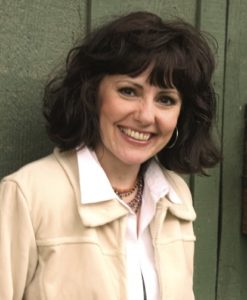 With twenty years’ experience in publishing, Merrie Destefano left a 9-to-5 desk job as the editor of Victorian Homes magazine to become a full-time novelist. Her first two novels, Afterlife: The Resurrection Chronicles and Feast: Harvest of Dreams were published by HarperVoyager. Fathom is both her first YA novel and her first indie published novel. When not writing, she loves to camp in the mountains, walk on the beach, watch old movies and listen to alternative music—although rarely all at the same time. Born in the Midwest, she now lives in Southern California with her husband, their two German shepherds and a Siamese cat. You can find her on Twitter, Facebook, Pinterest, Tumblr, her blog, and her website.
With twenty years’ experience in publishing, Merrie Destefano left a 9-to-5 desk job as the editor of Victorian Homes magazine to become a full-time novelist. Her first two novels, Afterlife: The Resurrection Chronicles and Feast: Harvest of Dreams were published by HarperVoyager. Fathom is both her first YA novel and her first indie published novel. When not writing, she loves to camp in the mountains, walk on the beach, watch old movies and listen to alternative music—although rarely all at the same time. Born in the Midwest, she now lives in Southern California with her husband, their two German shepherds and a Siamese cat. You can find her on Twitter, Facebook, Pinterest, Tumblr, her blog, and her website.


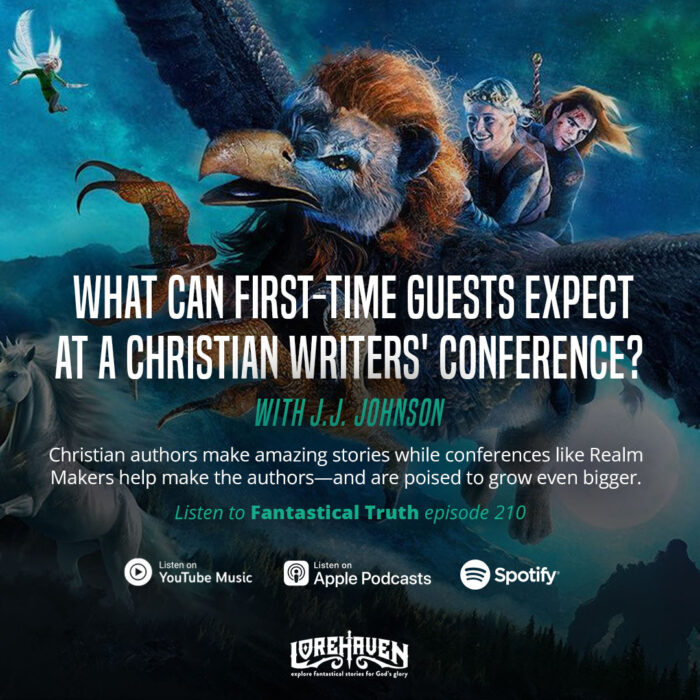
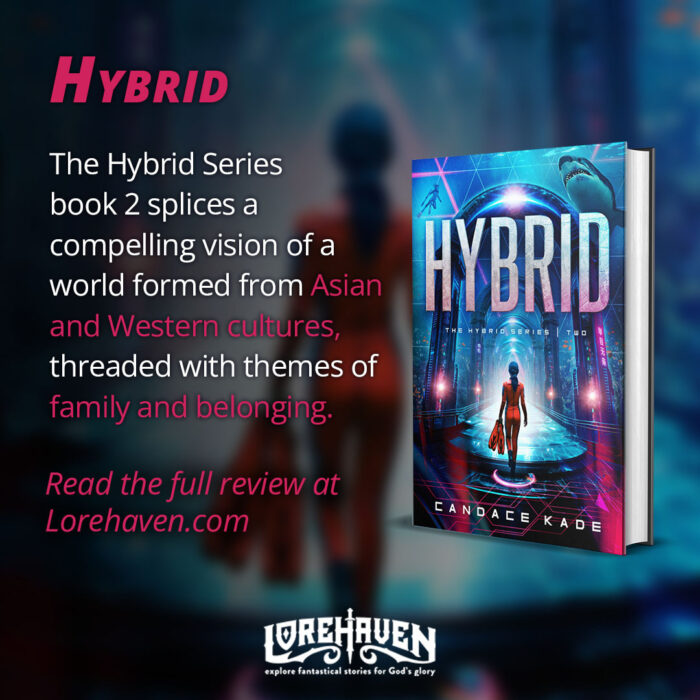










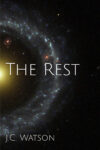

















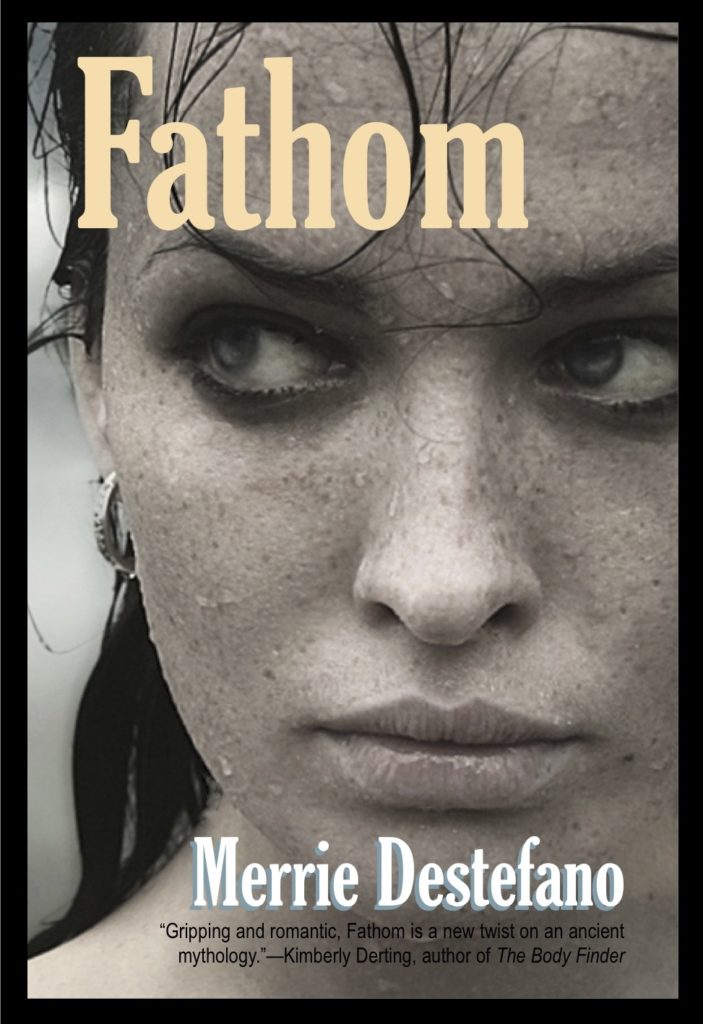

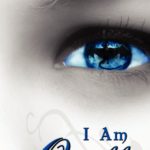

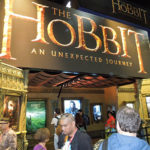



I think the Lamb Among the Stars books by Chris Walley are a bit like that. Although they are scifi/fantasy end times books which portray (although don’t push) a specific theology, I think the main things that come across are themes such as obedience and grace, which apply to us all – now or 12,000 years in the future.
That sounds like an excellent series, Kirsty! I haven’t heard of it before—thanks for mentioning it! =)
Called it. Three years previous:
So, it all started with you? I remember Jeff Gerke posting a joke cover on Where the Map Ends:
Can’t see the cover (yet). I missed that one, for sure.
My guess is that even if my prediction predated that one — or vice-versa — the notion occurred independently to several people at once. Later, blogger Tim Challies, who was surely ignorant of either of our predictions, also proposed a hybrid genre, only with not only Amish and vampires, but antichrists and end-times apocalypses.
The image I was trying to post comes from this webpage — scroll down to near the end of the interview:
http://www.wherethemapends.com/Interviews/Leanna_Ellis.htm
Stephen, Yeah, believe it or not, I’ve been waiting for a long time for someone to write something like this. The book is amazing. I highly recommend The Hallowed Ones.
I’d LOVE to win a copy of Fathom.
Tough questions. I just finished a book with an assassin as the protag–didn’t particularly connect with her. And before that it was a princess who was glad she wouldn’t be the next queen. She lived for fun and games. Not so easy to connect with her. Then there were Kit and Mina from The Spirit Well. They actually are contemporary characters experiencing something akin to time travel, but I don’t know that you’d say I identified with either of them. I like Kit because I see him growing and changing in a positive way. Mina has been admirable from early on in the series.
I could go through a couple others, but I think the character I most identified with is the protag in Angel Eyes. How did the author make her seem real? I think it was in showing the full gamut of emotions–guilt, fear, hope, brokenness–and her willingness to move forward. She had experienced a great tragedy, but didn’t stand pat. She didn’t wallow in her grief but moved through it. But that’s just a guess. I’m still trying to figure out what makes readers connect with a character. 😉
I think you have my email addy, so I won’t leave it here.
Becky
Thanks for the comment and for all the great examples, Becky! I’ve heard a lot of nice things about Angel Eyes. I’ll have to check out that book! =)
I’d love to win this book. My email is veritas6913 AT gmail DOT com
The problem I have is when the fantasy is only a disguise for real life issues. It seems like cheating.
Thanks, Galadriel! I’m glad you’re interested in Fathom! I totally agree with your comment about fantasy.
I haven’t been reading a lot lately, but I do know that the last character I really identified with was Angel from Kat Heckenbach’s Finding Angel. She’s artsy and struggles with belonging, which is something I struggled with as a teen.
Great question Merrie! I’d love to win a copy of your book. My email is skribblegurl at gmail dot com. 🙂
Not a recent read but Much-Afraid from Hinds Feet on High Places.
I identify on some level or another with most well-written characters (through shared: values, beliefs, experiences, humour, etc.) but reading Hinds Feet on High Places the first time was such a strange experience for me. It was like reading a biography of myself.
Posting stuff to Canada often sucks but I would be more than happy with a Kindle copy of the book. 😀 (It’s on my wishlist) My email addy is with gmail and is leanna.circle
Interestingly, a book with a character I could identify with that I’ve read recently was Hunger Games. For all her weaknesses and downfalls, Katniss is understandable and relatable. While I might have disagreed with some choices she made, I can understand her choices and feel what she went through.
Well, I just finished a preview copy of Bid the Gods Arise, and I identified with both heroes, Aric and Maurin. Maurin a little more, because of his strong moral fiber and his weakness for the beautiful but mute alien girl. Their relationship was one of the sweetest things in the whole book.
And you’re right about having to have “real” things in our fantasy books. It’s that quote up there in the top bar somewhere, about how we want to read about love and work and everything else in our day to day lives, but with dragons. And it’s true. When I find a book with all of the above, I’ll devour it. That’s one of the things that makes Robin Hobb so devastating for me. Her characters are normal people who also happen to either have awesome powers, or are in contact with supernatural things. At the same time they bicker with their families, have good (or bad) relationships, their pets die, worry about clothes and transportation, and have basic morality. (Sleeping around is frowned upon! Gsap!)
If a fantasy world has a basic sense of morality, that makes it resonate with me. I can really get into it because it feels real. Lots of fantasy worlds don’t, though *coughMercedesLackeycough* and I always feel disconnected from those kind. I can’t understand a world where the rules don’t apply. Might as well make the water run dry and the sun shine cold.
Also, I’ll sign up for the giveaway, if it’s not too late! netraptor001 at hotmail dot com. 🙂
I’ve been wanting to read Merrie Destefanom for a while now. I might just have to push Fathom to the top of the “to buy/read” stack.
As of late, I havn’t been reading fiction. However, a character I do identify is Peter bishop from “Fringe”. No spoilers but I understand his decent/reaction in the current season.
Dang, I need to start reading fiction again… ASAP!